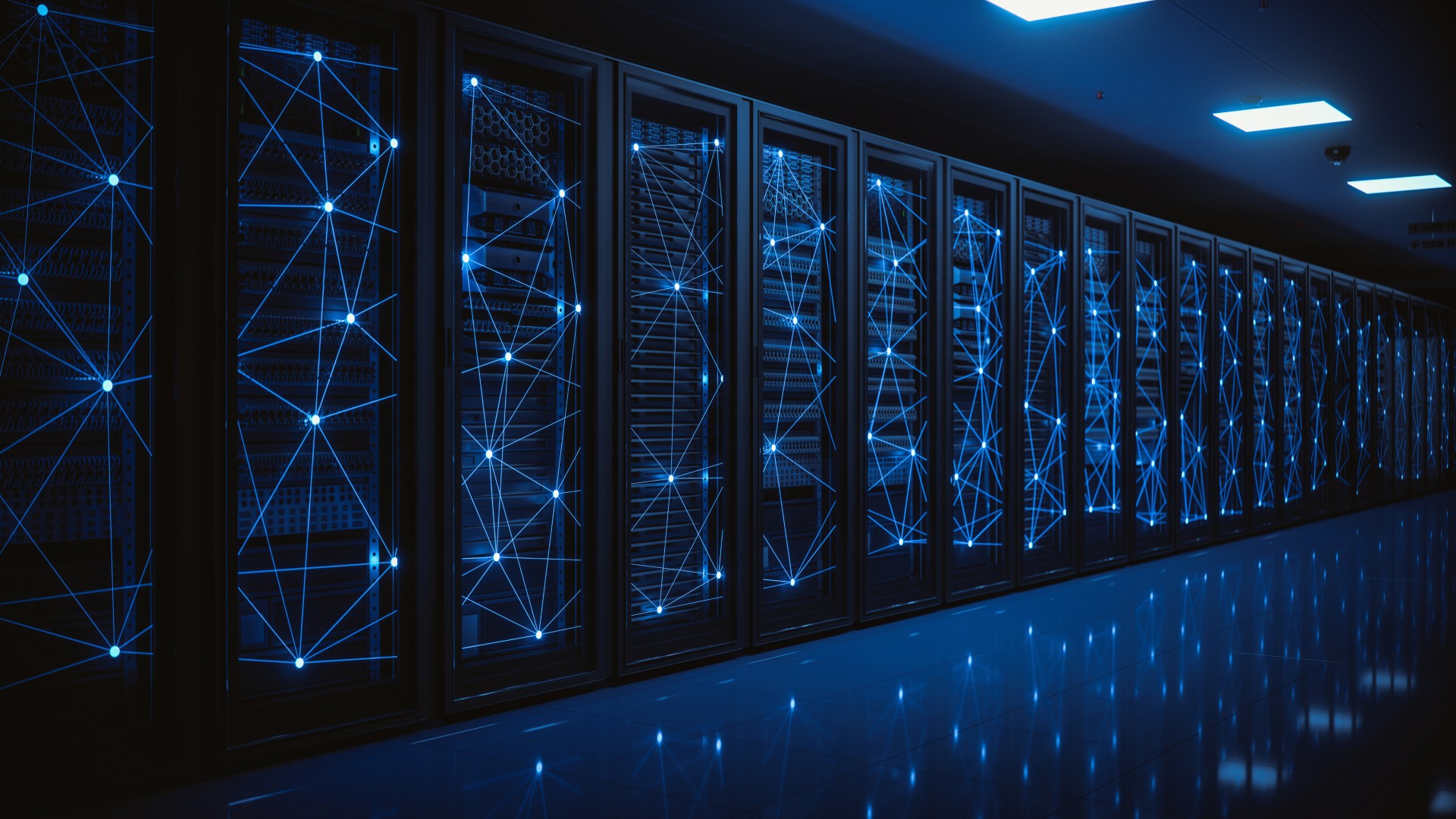Over recent years, edge computing has emerged as both a challenger and a complement to cloud computing. This article will look at how the development of edge computing is impacting data centers and forcing them to update their ways of working.
Edge data center architectures
The defining characteristic of edge computing is that data is processed at the edge of the network. Edge computing does, however, allow for different approaches to making that happen. Here is a quick overview of the three main ones.
Fog computing
Fog computing is a paradigm designed to extend cloud computing capabilities to the edge of the network.
Unlike traditional cloud models, fog computing distributes resources across the edge, allowing data processing to occur closer to the data source. This significantly reduces latency and bandwidth usage, making it ideal for applications that demand real-time processing.
Industries such as healthcare, transportation, and manufacturing benefit from fog computing architectures by enabling critical applications like remote patient monitoring, autonomous vehicles, and smart factories.
Decentralized edge computing architectures
Decentralized models for edge data centers distribute computing resources across various nodes rather than concentrating them in a central location.
This architecture enhances scalability, fault tolerance, and resilience. It does, however, create challenges in managing the distributed infrastructure and maintaining consistency across diverse nodes.
Despite these challenges, decentralized edge architectures find applications in scenarios where redundancy and local autonomy are critical, such as in smart grids and distributed sensor networks.
Hybrid edge-cloud architectures
Hybrid edge-cloud architectures strike a balance between localized edge processing and the extensive capabilities of the cloud.
This model allows organizations to optimize data processing and storage by leveraging both edge and cloud resources. Critical data processing occurs at the edge, ensuring low-latency responses, while non-time-sensitive data is transmitted and processed in the cloud.
Hybrid architectures are particularly beneficial for use cases requiring a combination of real-time processing and extensive data analysis, such as in predictive maintenance and analytics-driven applications.
Latency reduction strategies in edge computing data centers
Arguably, the single biggest driver behind the adoption of edge computing is the need (or at least desire) for speed. Latency is the enemy of speed. Organizations implementing (or supporting) edge computing therefore do everything they can to minimize it. Here are three of the most important strategies they use.
Proximity placement
The physical distance between the data center and the user directly impacts latency. By dispersing edge facilities strategically, organizations can minimize the round-trip time for data transmission, resulting in significantly reduced latency.
Proximity placement ensures that critical data is processed near its source, enhancing the overall user experience. This approach is especially vital for applications requiring real-time interactions, such as video streaming, online gaming, and autonomous vehicles.
Content caching and delivery
By storing frequently accessed content closer to the end-user, data centers can expedite the delivery of information. Content delivery networks (CDNs) leverage caching to optimize the distribution of web content, reducing the need for repeated data retrieval from the origin server.
This strategy is highly popular with video streaming services. These often cache popular content at edge locations. This enables faster load times and a more seamless playback experience for users.
Advanced networking technologies
The deployment of advanced networking technologies, notably 5G, contributes significantly to latency reduction in edge data centers.
The enhanced speed and capacity of 5G networks facilitate quicker data transfers between edge devices and data centers. It therefore enables organizations to meet the stringent latency requirements of modern, data-intensive applications such as augmented reality (AR) and virtual reality (VR).
Real-world use cases for edge computing
Edge computing is not, yet, as mainstream as cloud computing. Even so, it is very much more than just an academic project. It’s already making a meaningful difference in several areas of human activity. Here are just three of them.
Healthcare
By collecting and processing data from wearable sensors and medical devices, healthcare providers can monitor patients in real time, offering personalized care and reducing the necessity for hospitalization.
Edge computing proves instrumental in scenarios demanding low latency, such as robot-assisted surgery, where real-time data analysis is imperative for successful outcomes.
Automotive
Safety features in connected vehicles, such as lane departure warnings and collision avoidance systems, now operate in real-time, significantly reducing the risk of accidents.
Edge computing plays a pivotal role by processing data from the vehicle’s sensors on-site, eliminating the need for centralized processing in the cloud.
Manufacturing
Predictive maintenance, a key application, enables manufacturers to analyze and detect potential issues in production lines before failures occur. This proactive approach minimizes downtime and contributes to optimized operations.
Additionally, edge computing supports smart manufacturing initiatives, providing real-time decision-making capabilities in industrial settings.
Related Resources:
Edge Colocation Explained: Enhancing Performance and Latency Reduction
Edge Data Center Solutions: Enhancing Scalability and Efficiency




